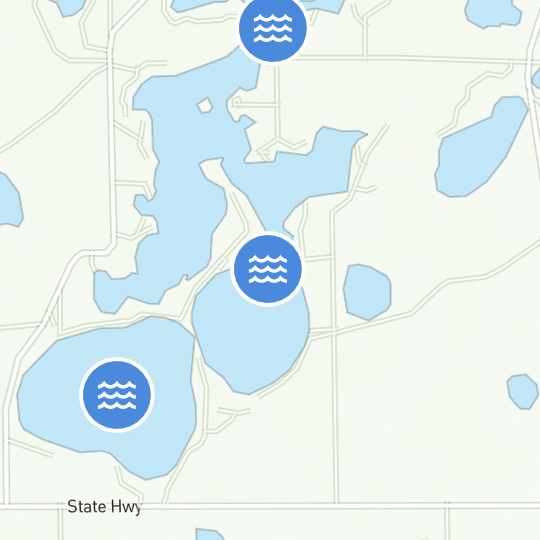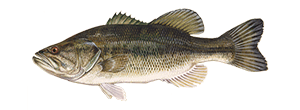Ice Fishing Rods & Reels
Learn more about the different types of ice rods and reels you can use for ice fishing. Get the info you need to select the best ice fishing rods for your next trip.
Ice fishing requires specialized equipment designed to withstand the cold and help anglers catch fish in frigid waters. Whether you’re using a traditional rod and reel or opting for a tip up, selecting the right gear is crucial for success. From choosing the ideal ice fishing rod for your target species to understanding the best reels and lines to use, the right setup can make all the difference. This guide explores the essential ice fishing gear and techniques to help you get the most out of your winter fishing experience.
1. Ice Fishing Rods: Features and Considerations
Unlike traditional freshwater or saltwater rods, ice fishing rods are typically shorter, usually ranging from 24 to 36 inches in length. These rods are designed to be compact and durable, able to withstand the cold while offering flexibility. Understanding the right rod sensitivity for the fish you’re targeting is essential for a successful ice fishing experience.
2. Choosing the Right Ice Fishing Rod for Different Fish
The type of fish you plan to catch directly influences the sensitivity and weight of the ice fishing rod you choose. For species like panfish, an ultralight rod works best, while game fish such as Northern pike require a heavier rod to handle their strength.
3. Selecting the Best Ice Fishing Reel
Ice fishing reels come in a variety of styles, including spinning reels, spring-tension spools, and even fly reels. Each reel type offers its advantages, with fly reels providing less line twist. It's important to match your reel to your rod’s weight and sensitivity, ensuring the right line is used for the best results.
4. Using a Tip Up: A Different Approach to Ice Fishing
Some anglers prefer using a tip up instead of a traditional rod and reel setup. This device, which includes a reel and a flag, offers an alternative fishing method, especially for larger fish like walleye. The flag alerts the angler when a fish takes the bait, making it an efficient way to monitor multiple fishing spots at once.
5. Tip Up Materials and Line Selection
Most tip ups are made of wood, but newer versions often feature a circular shape to prevent ice from freezing over the hole. The best line for tip ups is heavy, braided line, which helps with larger fish like walleye. Choosing the right line is crucial for success when using this equipment.
6. Combining Spinning Rods and Tip Ups for Maximum Efficiency
Many anglers use both a spinning rod and tip up during their ice fishing trips, setting up two holes in nearby locations. This strategy allows for different techniques – jigging with a spinning rod while the tip up waits for larger fish, giving anglers more opportunities to catch fish throughout the day.
KEEP LEARNING

How to Tie the Non-Slip Loop Knot
The non-slip loop knot is a popular and reliable choice for securing hooks, lures, and other tackle to your fishing line.
LEARN MORE

Socials
Take me fishing social media links
LEARN MORE

TakeMeFishing x Teen Vogue
Join us on a creative journey as fashion designer Ahmrii Johnson walks us through her collaborative vision and process with Teen Vogue and fashion brand, Rentrayage, to create a special piece.
LEARN MORE


.png?lang=en-US&ext=.png)